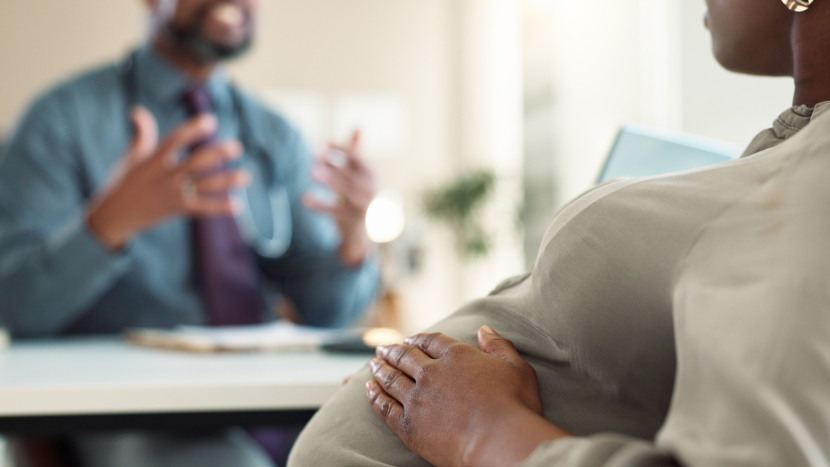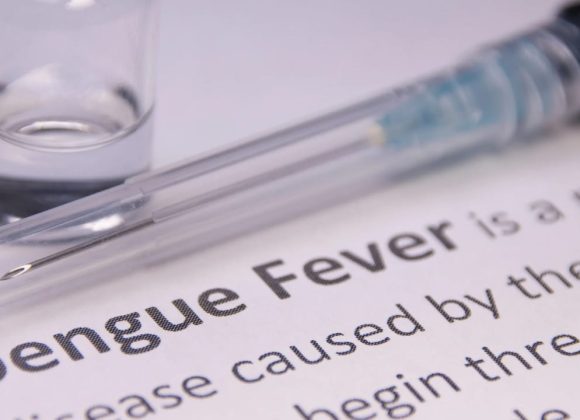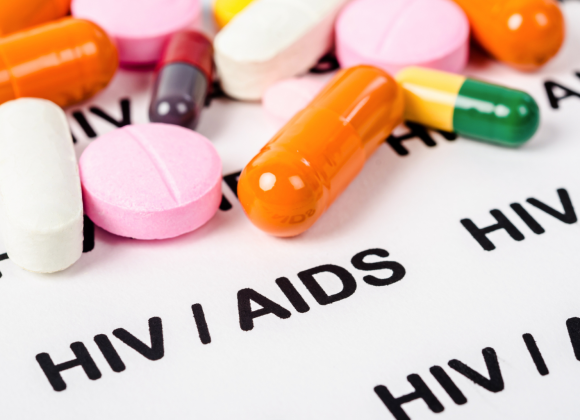Preeclampsia is a serious pregnancy complication that can pose risks to both mother and baby if not diagnosed and managed in time. Often called the “silent threat,” preeclampsia may not always show obvious symptoms until it becomes severe. That’s why knowing the warning signs is crucial for expectant mothers.
In this blog, we’ll cover what preeclampsia is, its symptoms, causes, risk factors, and what steps you should take if you suspect it.
What is Preeclampsia?

Preeclampsia is a condition that develops during pregnancy, typically after the 20th week, characterized by high blood pressure and signs of damage to other organ systems, most often the liver and kidneys. If left untreated, it can lead to serious, sometimes fatal, complications for both mother and baby, including eclampsia (seizures) and preterm birth.
According to the American College of Obstetricians and Gynecologists (ACOG), preeclampsia affects 5–8% of all pregnancies worldwide.
Early Warning Signs of Preeclampsia
- Persistent High Blood Pressure: Readings of 140/90 mmHg or higher on two occasions, at least 4 hours apart, are concerning.
- Severe Headaches: Unlike typical tension headaches, preeclampsia headaches are often intense and don’t improve with medication.
- Vision Changes: Blurred vision, light sensitivity, or seeing spots can signal rising blood pressure affecting the brain.
- Swelling (Edema): While mild swelling is common during pregnancy, sudden swelling of the face, hands, or around the eyes can be a warning sign.
- Protein in Urine (Proteinuria): Detected through routine urine tests, it’s a key indicator of kidney damage.
- Upper Abdominal Pain: Pain just below the ribs, particularly on the right side, could be a sign of liver involvement.
- Shortness of Breath: Fluid buildup in the lungs due to preeclampsia can cause difficulty breathing.
👉 Mayo Clinic – Preeclampsia Symptoms
What Causes Preeclampsia?
The exact cause of preeclampsia is still unclear, but it’s believed to involve problems with the placenta—the organ that nourishes the baby. Factors like poor blood flow to the placenta, immune responses, or genetic influences may contribute.
Who’s at Risk?
You may have a higher risk of developing preeclampsia if you:
- Have a history of high blood pressure, diabetes, or kidney disease
- Are you pregnant with twins or multiples
- Are under 20 or over 40 years old
- Had preeclampsia in a previous pregnancy
- Have a family history of preeclampsia
👉 CDC – Preeclampsia Risk Factors
How is Preeclampsia Treated?
Preeclampsia treatment depends on how severe the condition is and how far along the pregnancy is. In mild cases, doctors usually recommend bed rest, regular monitoring of blood pressure, and medications to keep it under control. However, in severe cases, hospitalization may be needed to closely monitor both mother and baby. The only real cure for preeclampsia is delivering the baby, which is often done after 37 weeks, but if the condition becomes critical, early delivery might be necessary to protect both lives. While it’s not always possible to prevent preeclampsia, you can lower your risk by attending all prenatal check-ups, managing existing health issues like high blood pressure or diabetes, maintaining a healthy weight, taking prenatal vitamins, and discussing the possibility of low-dose aspirin therapy with your doctor if you’re considered high-risk.
Final Thoughts
Preeclampsia is a serious but manageable condition if detected early. Awareness of the warning signs, regular prenatal checkups, and prompt medical intervention can ensure the safety of both mother and baby.




